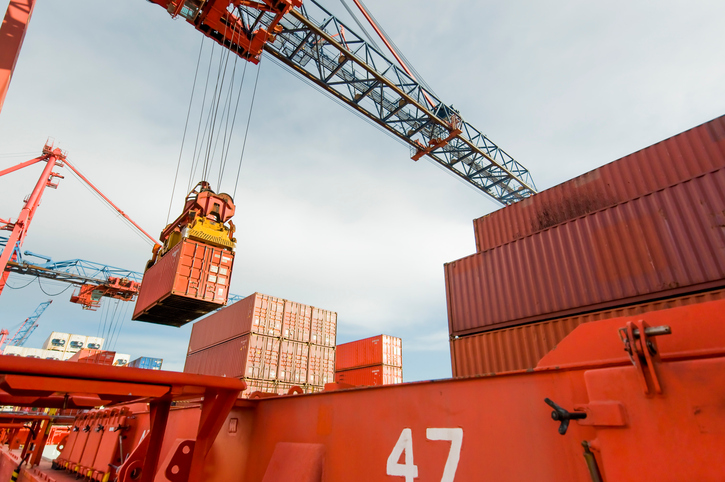According to Misión PYME a free trade agreement (FTA) is an agreement between two or more countries that stipulates rules to regulate trade relationships, increase investment and trade flows and integrate economies. The idea of an FTA is to eliminate trade and tariff barriers and to ensure free trade among treaty party members.
FTAs in force in Latin America and the Caribbean include, among others: North America Free Trade Agreement (Mexico, Canada and the United States, Southern Common Market (MERCOSUR, Argentina, Brazil, Paraguay, Uruguay and Venezuela), the Andean Community (Bolivia, Colombia, Ecuador and Peru), TLC Peru-United States, TLC Colombia-European Union, TLC Colombia-United States, and TLC Uruguay-Israel.
Governments usually introduce mechanisms to stimulate SMEs to make use of tariff preferences included in the agreement
Generally speaking, SMEs (small and medium-sized companies) exporting to other member countries have obtained more benefits from the implementation of an FTA than others engaging in trade. This is because companies can now access the partner market at a lower cost than prior to implementation of the treaty. PYMEX explains that FTAs enable preferential access because tariffs are either reduced or eliminated.
Likewise, SMEs utilizing capital goods and/or input from the partner country also benefit since import costs will be reduced. Additionally, it brings companies from both countries closer together while generating a flow of new trade opportunities. Furthermore, governments usually introduce mechanisms to stimulate SMEs to make use of tariff preferences included in the agreement. It is key for SMEs wishing to trade at an international level to identify the existing benefits and make use of them.
Ritchi, a Colombian SME that engages in the production of women’s attire, is an example of the benefits provided by FTAs. Although the company already exported to Miami and Los Angeles its objective was to expand within the US market. The FTA between Colombia and the US offered Ritchi the opportunity to benefit from the tariff preferences included in the agreement. Nowadays, the clothing company has representation in several US cities and an online store for clients in this market.



Follow Us